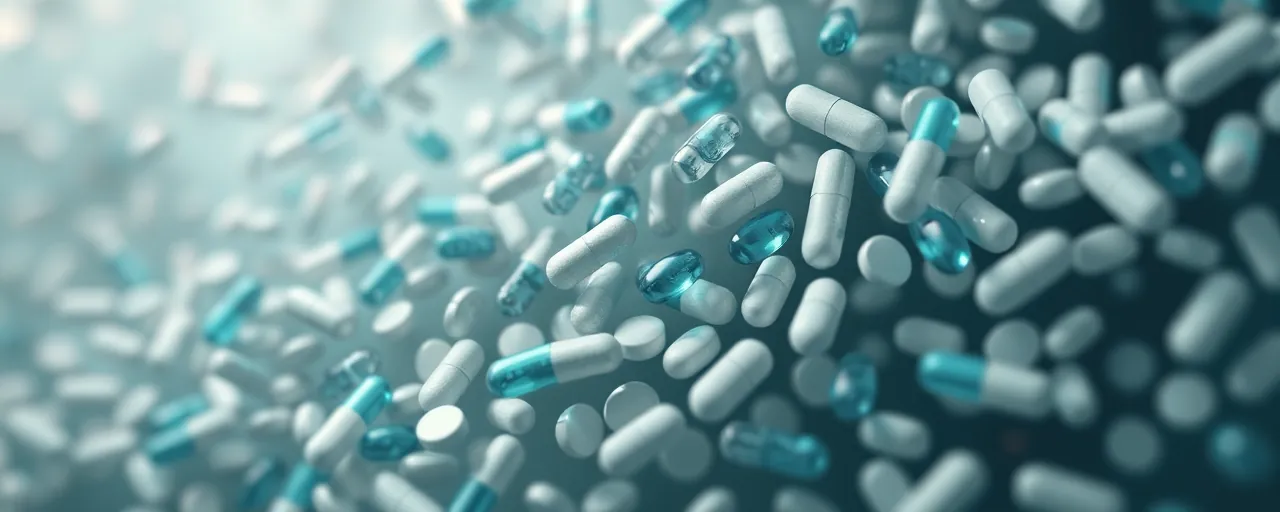A Landmark Settlement Unveiled
A coalition of state attorneys general announced a $335 million settlement with pharmaceutical giant Mylan Inc., now part of Viatris, on April 7, 2025. The agreement aims to address the company’s alleged role in worsening the opioid crisis, a public health emergency that has gripped the United States for decades. Mylan, a major player in the opioid market since 2005, produced drugs like generic fentanyl patches, oxycodone, and hydrocodone, which authorities say were misrepresented to doctors and patients alike.
The deal, still in principle and pending final terms, promises to funnel funds into state-led efforts to curb addiction and overdose deaths. It’s the latest in a string of legal actions targeting drugmakers accused of prioritizing profits over public safety. For everyday people, this could mean more access to treatment programs or overdose reversal drugs like naloxone, though the human toll of the crisis remains a stark reality.
Unpacking Mylan's Role
At the heart of the allegations, attorneys general from states like California, New York, and Tennessee claim Mylan marketed its opioids as less addictive than they truly were. Fentanyl patches, designed for severe pain relief, stood out as a particular concern. Evidence suggests the company knew these patches carried high risks of abuse, yet pushed them aggressively to physicians. This led to overprescribing and, in some cases, diversion into illegal markets, fueling a cycle of addiction and overdose.
Fentanyl’s potency makes it a double-edged sword. A single patch can retain over half its drug content even after use, tempting misuse through extraction or reckless application. Public health experts point to rising fentanyl-related deaths as proof of the stakes. Meanwhile, Mylan’s parent company, Viatris, has not publicly commented on the settlement, leaving questions about accountability lingering.
A Broader Fight Against the Crisis
This settlement fits into a larger tapestry of legal battles against opioid manufacturers. Past victories include a $26 billion agreement with Johnson & Johnson and major distributors, plus a $7.4 billion deal with Purdue Pharma, notorious for OxyContin. These efforts, driven by state coalitions, have secured over $50 billion nationwide to fund treatment, prevention, and recovery. The Mylan case echoes a familiar story: companies accused of downplaying risks while ramping up sales, a pattern traced back to Purdue’s tactics in the 1990s.
Yet, perspectives differ on the impact. Supporters of such settlements argue the money saves lives by bolstering underfunded programs. Others, including some public health advocates, caution that payouts alone won’t dismantle the systemic issues, like lax prescribing rules or gaps in addiction care. The debate underscores a tension between punishment and practical solutions.
Bipartisan Roots, Tangible Goals
The opioid crisis has long defied political divides, and this settlement reflects that reality. Attorneys general from states as diverse as Utah, Virginia, and Oregon joined forces, building on a legacy of bipartisan action. Laws like the 2018 SUPPORT Act, which expanded treatment access, and the 2016 Comprehensive Addiction and Recovery Act show a shared commitment to tackling the epidemic. Today, federal strategies under President Donald Trump’s administration emphasize prevention and cracking down on synthetic drugs like fentanyl.
For the average person, the stakes are clear. Overdose deaths, many tied to fentanyl, keep climbing, hitting families in every corner of the country. Safe disposal of patches and better data collection, as pushed by the reintroduced OPIOIDS Act of 2025, could offer real relief. Still, the road ahead demands more than cash; it requires coordination and a hard look at what’s worked, and what hasn’t.
What Lies Ahead
The $335 million from Mylan, spread over nine years, offers states a lifeline to expand addiction services and prevention campaigns. It’s a drop in the bucket compared to the crisis’s scale, but a meaningful one. Past settlements have funded naloxone distribution and rehab centers, hinting at how this money might be spent. California Attorney General Rob Bonta hailed the deal as a step toward justice, a sentiment echoed by peers across state lines.
The bigger picture remains messy. Legal wins pile up, yet overdose rates refuse to budge in many areas. People want solutions that hit home, not just headlines, whether that’s a clinic opening nearby or fewer discarded patches turning deadly. As states hammer out the settlement’s final details, the question looms: will this deal, and others like it, rewrite the crisis’s next chapter, or simply footnote its long, painful story?
